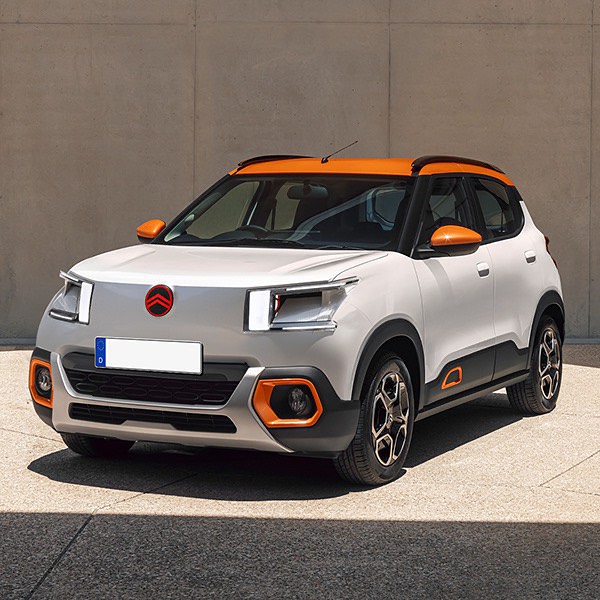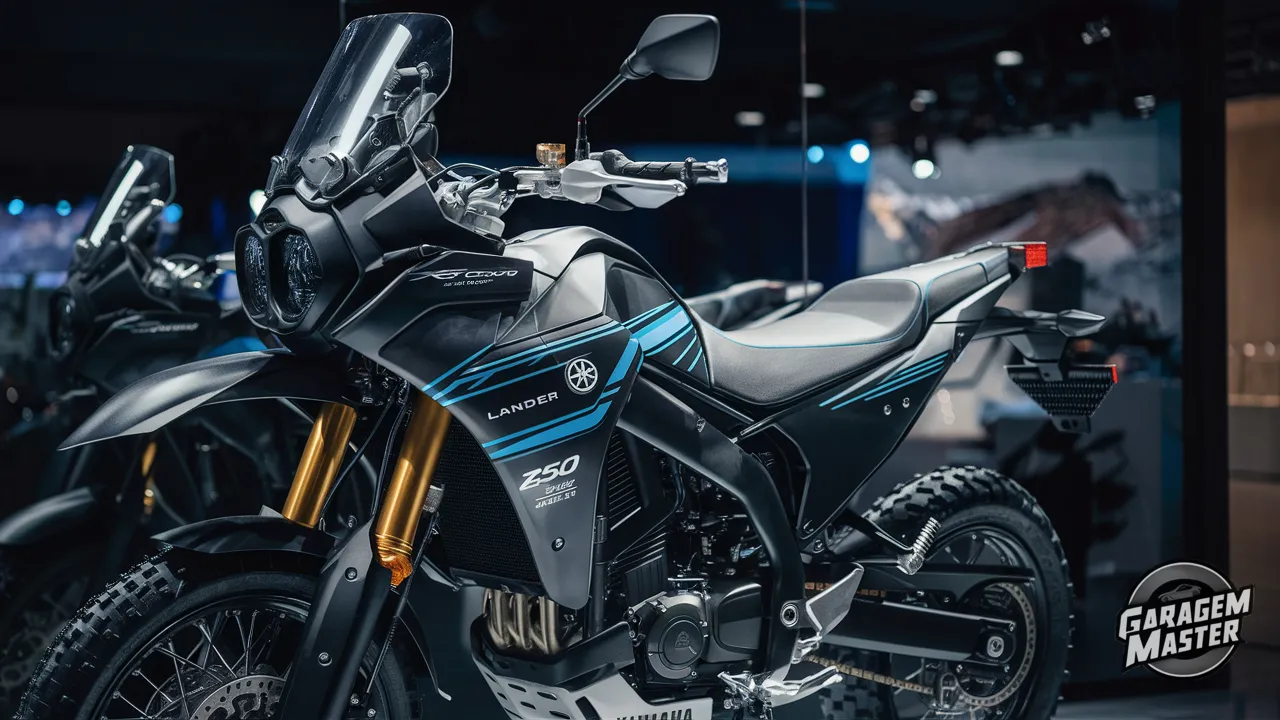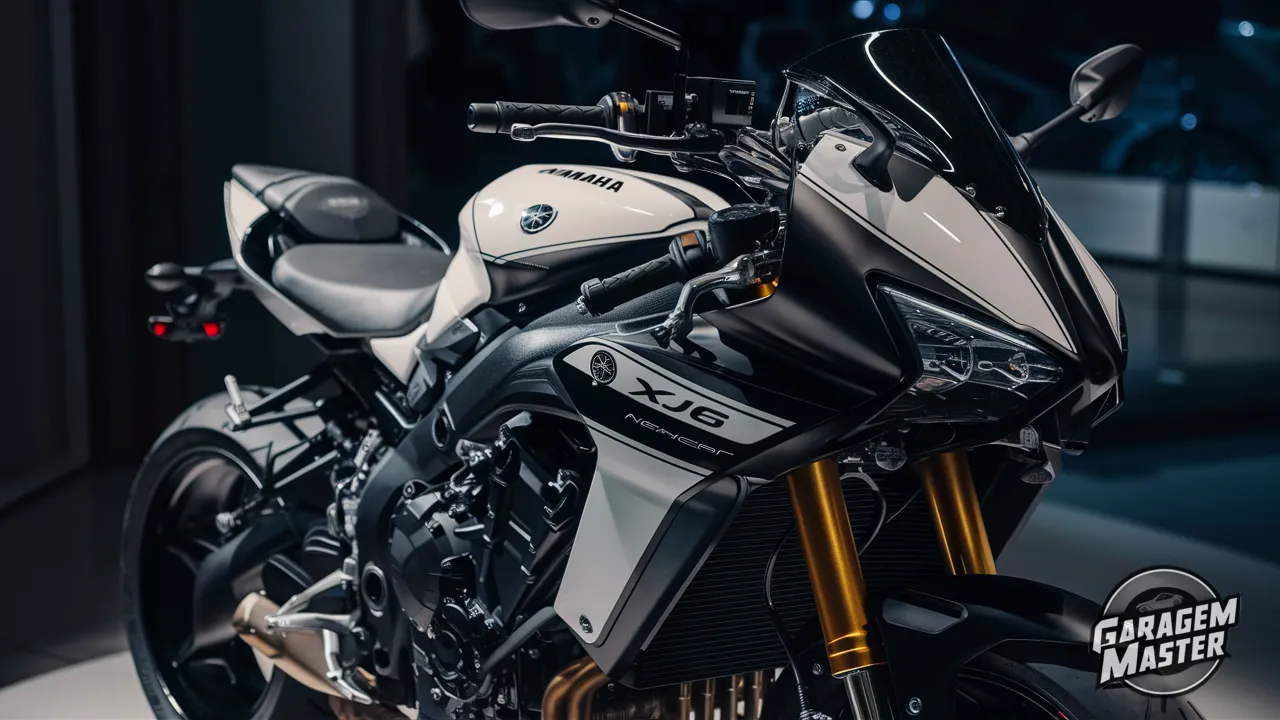Volkswagen Parati has been a national legend since its launch in 1982, standing out for its versatility, reliability and striking design. Recently, a rare and preserved example of the 2002 Parati Turbo surprised automotive enthusiasts. With just 10,000 kilometers driven in 22 years, this station wagon maintains its authenticity and transports you to the golden era of Brazilian motorsport. The impeccable preservation of the 2002 Parati Turbo is a reminder of the importance of keeping Brazilian automotive history alive, inspiring an appreciation for automotive classics and craftsmanship. A symbol of timeless excellence and commitment to quality, the 2002 Parati Turbo continues to delight collectors and enthusiasts, being more than a car, but a time capsule and a vital link between past and present.
Since its launch in 1982, Volkswagen Parati has captured the hearts of Brazilians, becoming a true national legend. Derived from the Gol, this station wagon has conquered its space in the Brazilian automotive market, standing out for its versatility, reliability and, of course, its striking design.

An Automotive Relic
Recently, Reginaldo de Campinas surprised automotive enthusiasts by presenting a rare and incredibly preserved example of the VW Parati Turbo, manufactured in 2002. With its 4 doors, vibrant red color and manual transmission, this example represents not just a vehicle, but a a piece of Brazilian automobile history.

What makes this example even more special is the fact that, even after 22 years since leaving the VW assembly line, the Parati Turbo remains practically “zero kilometers”. With a mere 10 thousand kilometers driven, this station wagon preserves all its authenticity and originality, transporting its spectators to a golden era of Brazilian motorsport.
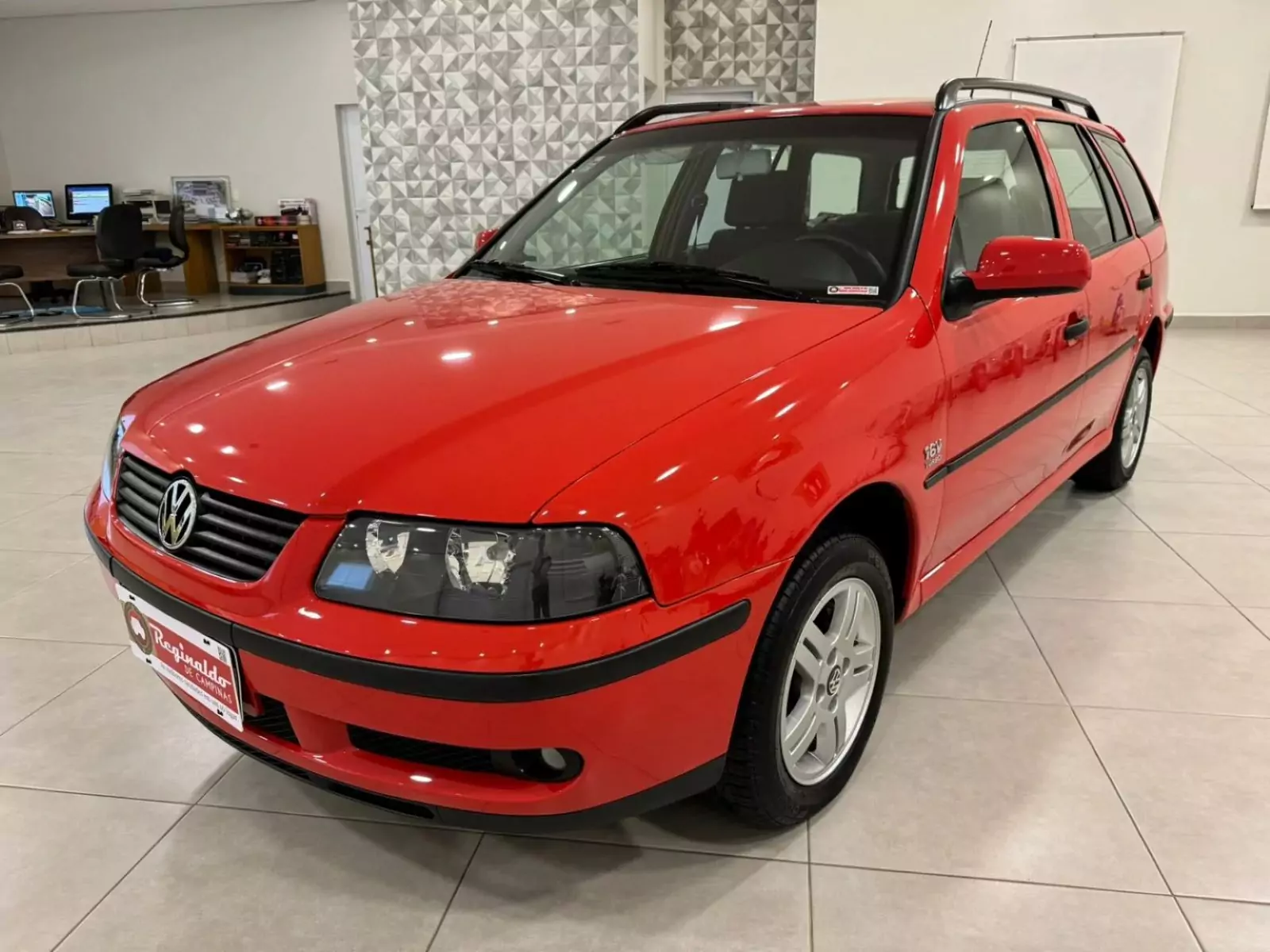
A Glimpse of the Past
When we take a closer look at this unique example of the Parati Turbo 2002, we are transported to a time when Brazil was experiencing an explosion of economic growth and technological development. On the road, the Parati Turbo represented not just a means of transport, but a symbol of status and prestige.
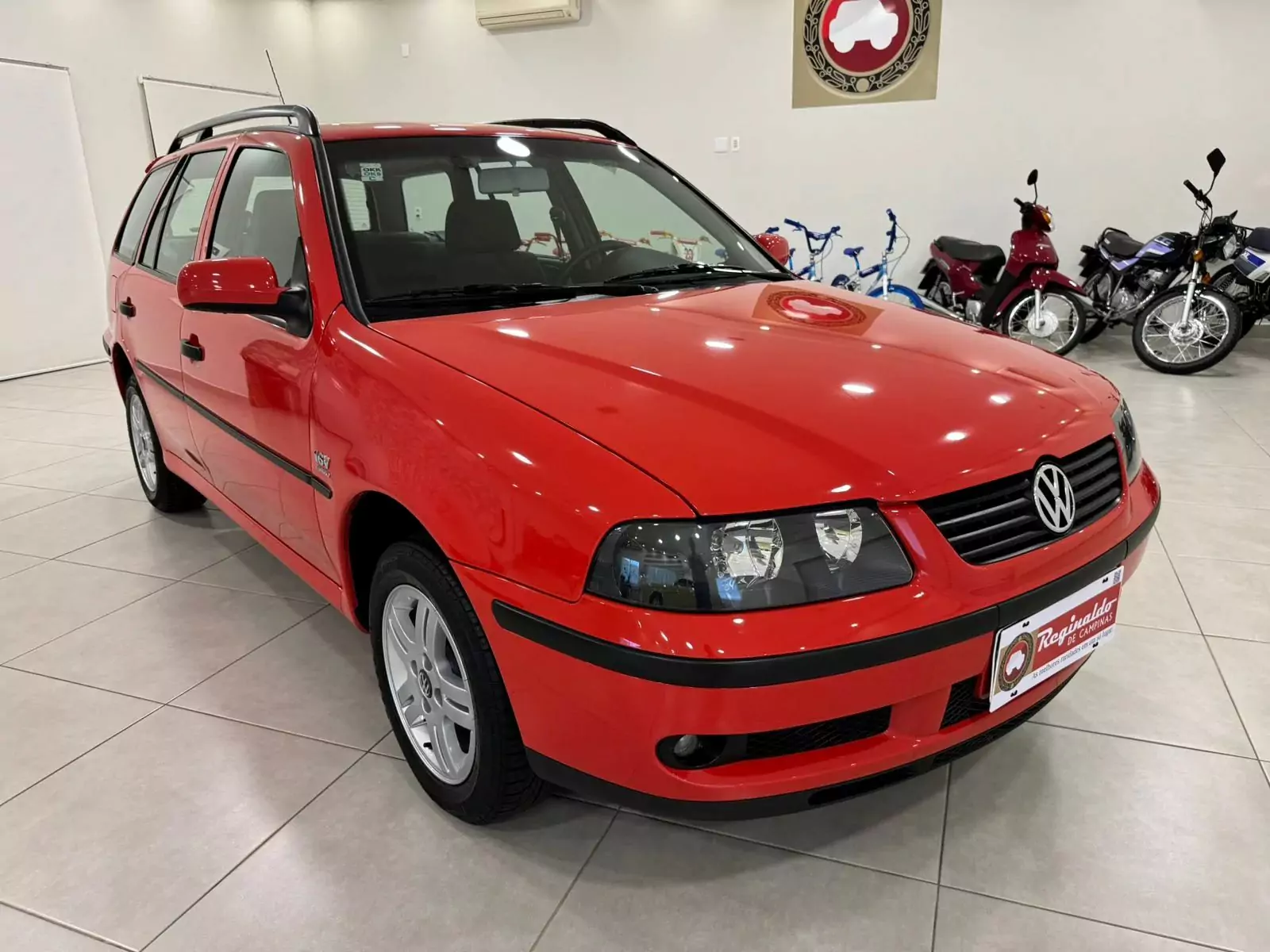
Its carefully preserved details, from the immaculate interior to the shiny paintwork, remind us of an era when quality and durability were intrinsic characteristics of vehicles manufactured by Volkswagen.
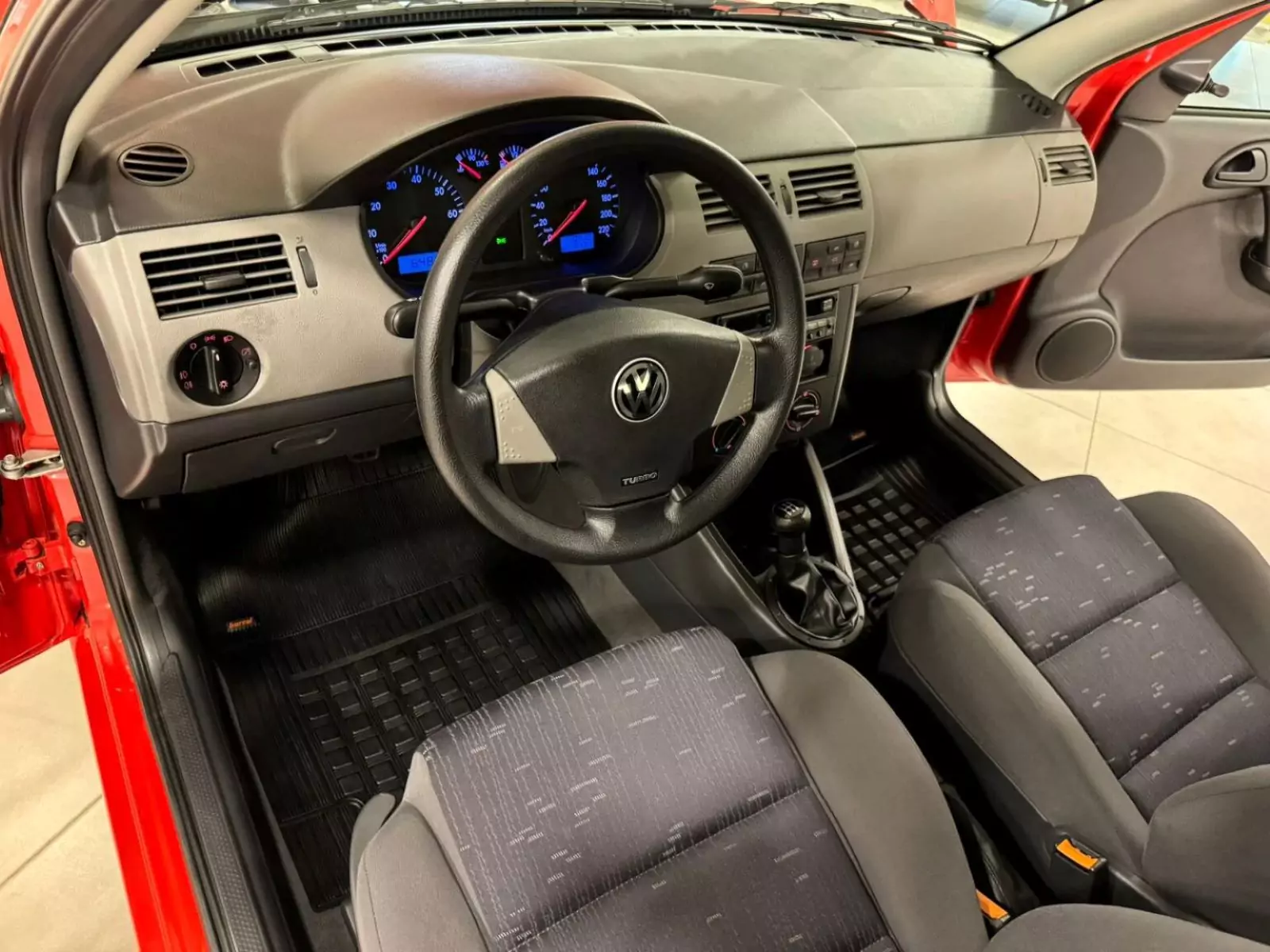
The Legacy Continues
Although the 2002 Parati Turbo is a throwback to times gone by, its impeccable preservation serves as a reminder of the importance of keeping Brazilian automobile history alive. Like a true collector's piece, this example inspires a renewed appreciation for automotive classics and craftsmanship that goes beyond mere transportation.
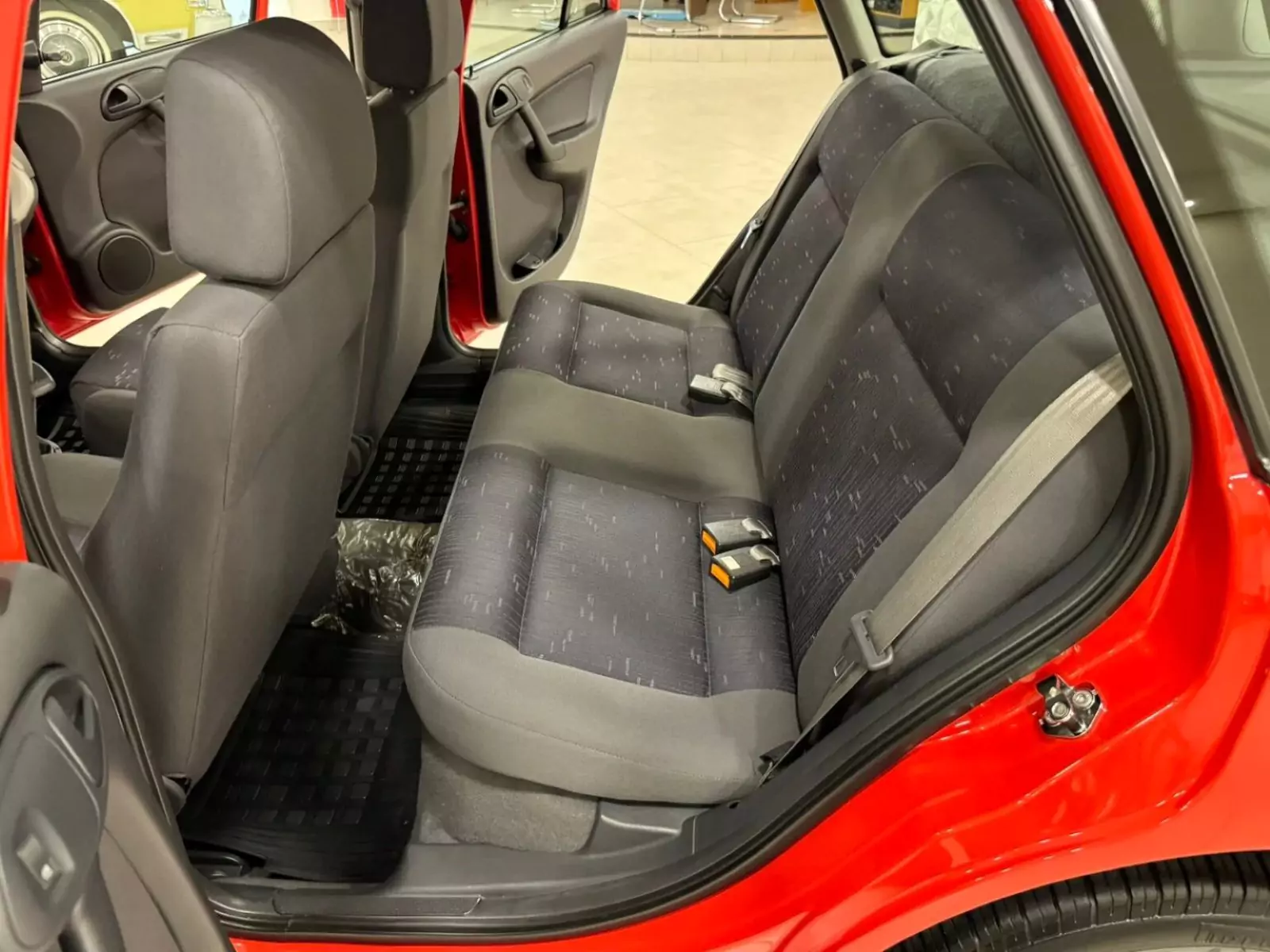
As the automotive world continues to evolve with new technologies and innovations, the 2002 Parati Turbo stands as a testament to timeless excellence and a commitment to quality that transcends generations. It's a reminder that even in an ever-changing world, some things, like a well-preserved classic, never go out of style.

Specifications
The 2002 VW Parati Turbo presents remarkable performance, with acceleration from 0 to 100 km/h in 9.8 seconds and a top speed of 191 km/h. The transmission is characterized by a dry single-disc clutch and a 5-speed manual gearbox, with front-wheel drive.
Under the hood, we find a 999 cm³ engine, powered by multipoint injection and turbocharged suction. This 4-cylinder in-line engine, identified by the code EA111, offers a maximum power of 112 hp at 5500 rpm and a maximum torque of 15.8 kgfm at 2000 rpm. Furthermore, the technical specifications include a longitudinal arrangement, with hydraulic tappets and 4 valves per cylinder.
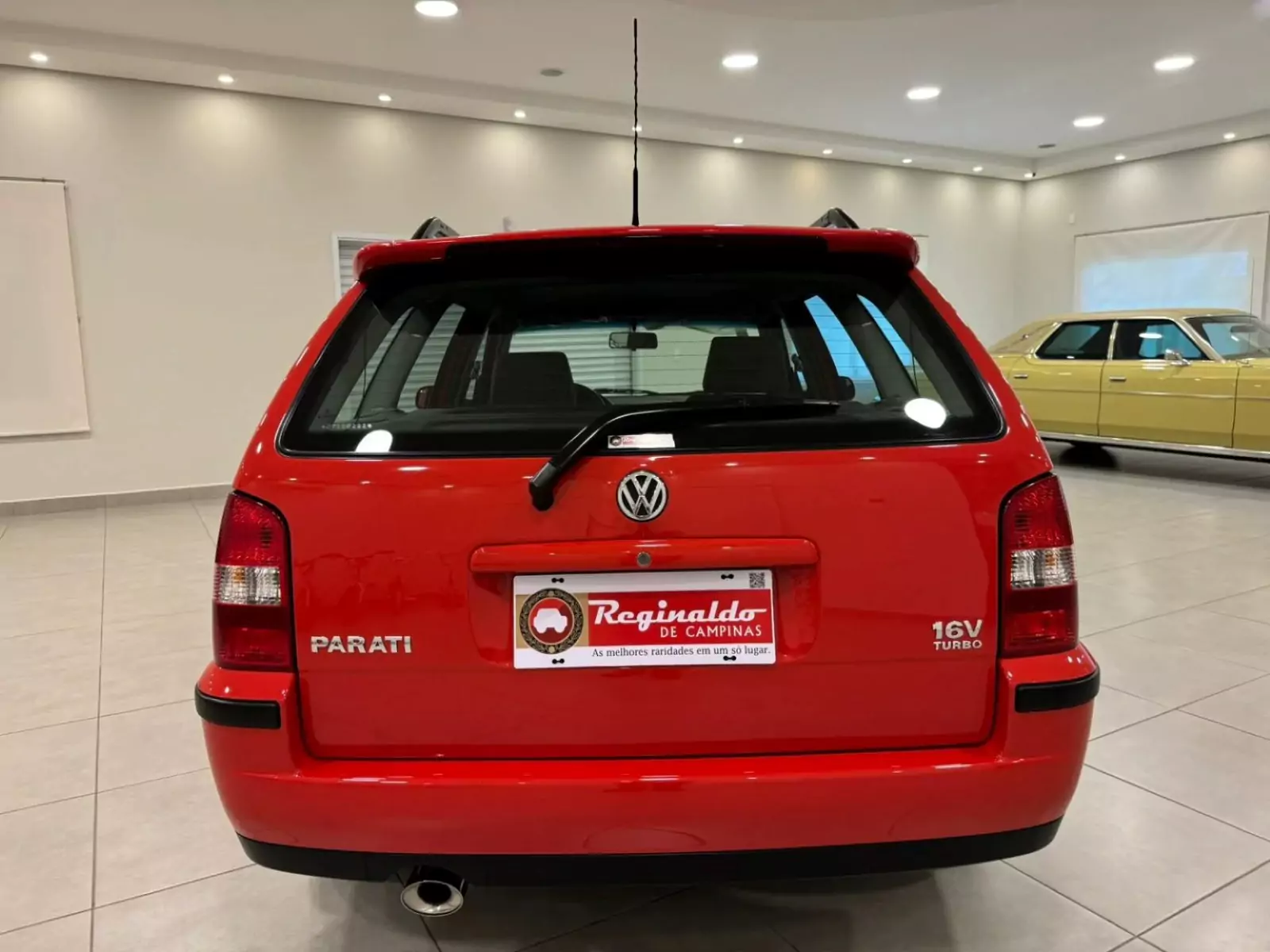
As for dimensions, it is 1455 mm high, 4131 mm long and 1621 mm wide, with a total weight of 1061 kg. The trunk holds up to 437 liters, while the fuel tank has a capacity of 51 liters. The tires are 185/60 R14, both for the front, spare tire and rear.
The steering has hydraulic assistance and a minimum turning diameter of 10.4 meters, providing precise maneuvers. In terms of suspension, the most notable feature is the independent McPherson strut front configuration, with coil springs, and the rear with a torsion beam.
As for the brakes, the vehicle features ventilated discs at the front and drums at the rear, ensuring efficient braking. In terms of autonomy, it is capable of covering 658 km on highways and 332 km in urban areas. Thus, in relation to consumption, it reaches an average of 12.9 km/l on highways and 6.5 km/l in urban areas.
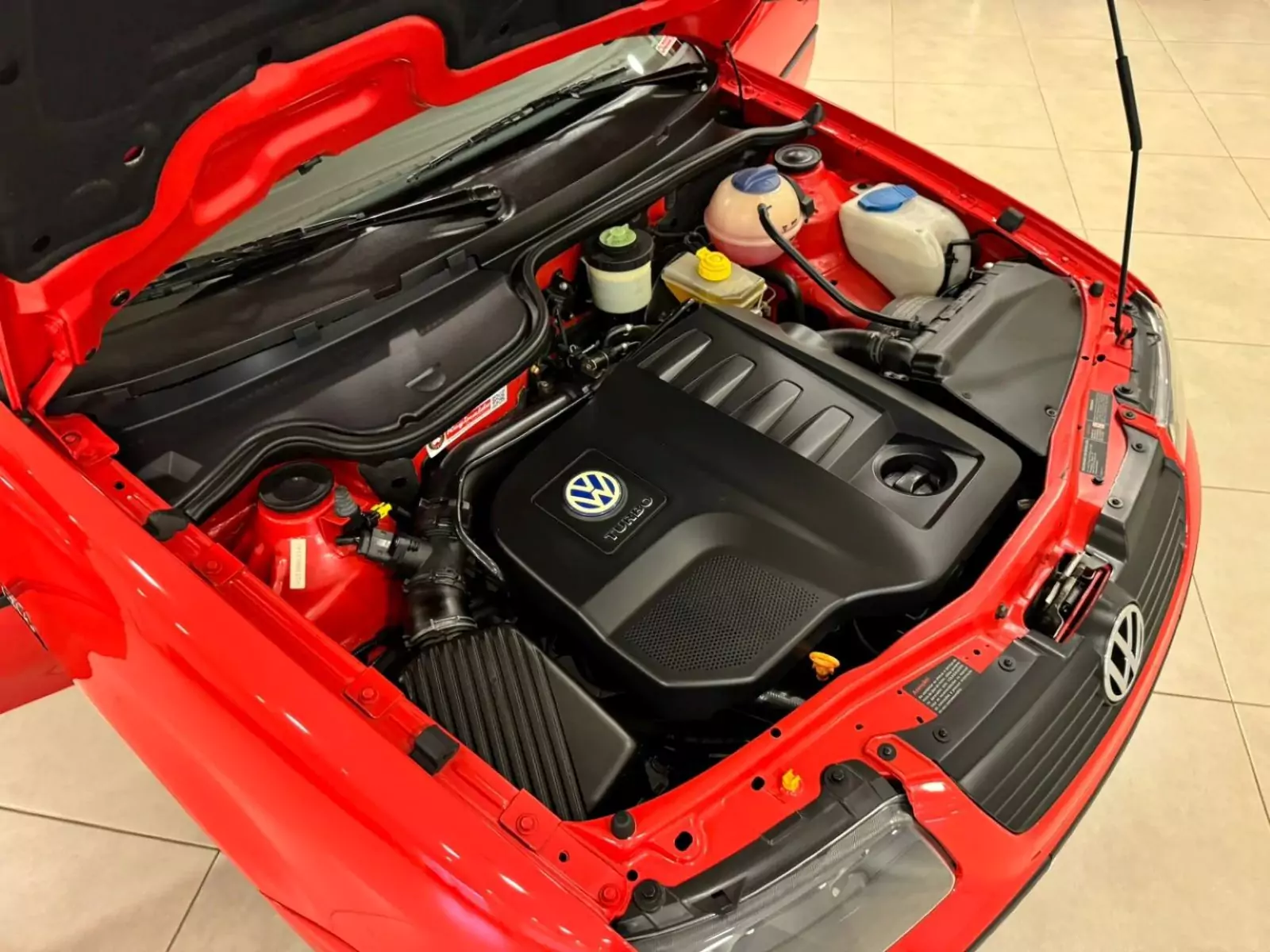
Conclusion
The 2002 Volkswagen Parati Turbo, with its impressive 22 years of age and only 10 thousand kilometers driven, continues to delight automotive enthusiasts and collectors. More than just a car, it is a time capsule, transporting us to an era of automotive glory in Brazil.
As we marvel at its timeless beauty and nearly immaculate condition, we are also reminded of the importance of preserving and honoring the legacy of automotive classics. Furthermore, the Parati Turbo 2002 is more than a piece of metal and plastic; It is a symbol of dedication, passion and a vital link between the past and the present.






